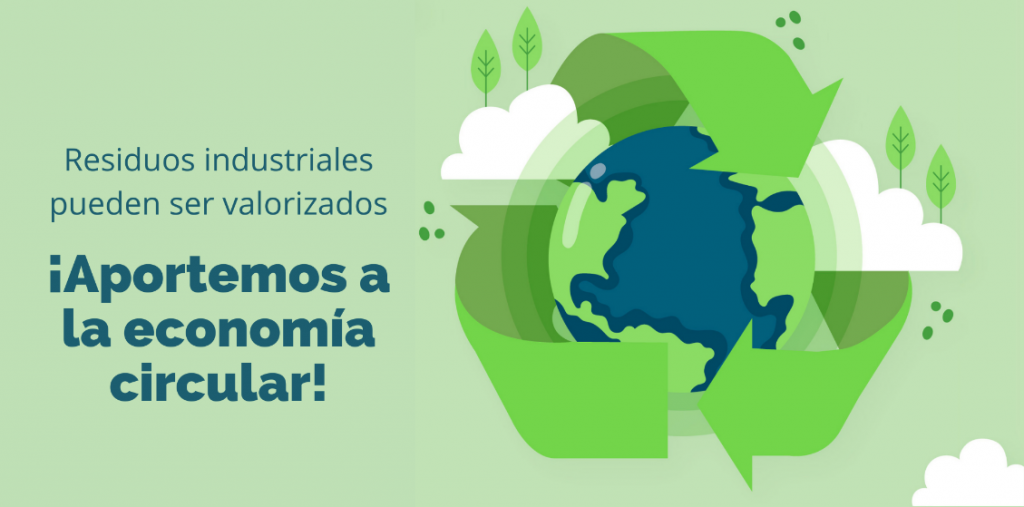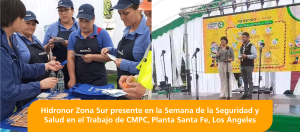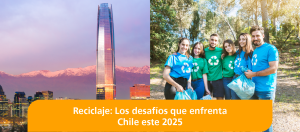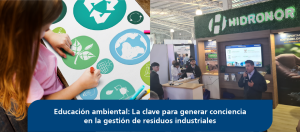
Wanting to understand about the industrial waste generated in Chile and determine the recycling and recovery opportunities that each may have, Sofofa started an initiative to carry out a study to know more about this information, researching and tracing international experiences so that these materials can be called “secondary products or by-products” that can be recovered and do not necessarily have to go to a sanitary landfill or to a final disposal site.
On a national level in 2019, according to a document displayed, 19.7 million tons of waste were generated of which 59% are by industrial origin and 75% of these are concentrated into 15 types of waste that can be incorporated to the circular economy as potential substitutes of natural raw materials. They are: sludge from effluent treatment plants, lime sludge, biomass ashes, steel slag, DREGS/GRITS (cellulose), sewage treatment plant sludge, coal ash, unused mining tires, organic waste from foodservices, crushed asphalt, gypsum, copper slag, and steel mill dusts.
With these numbers, Sofofa projects that with the incorporation of these new revalued materials, 94 million tons of CO2 per year could be saved and 78 million tons of natural resources and raw materials could be quickly replaced.
To meet this objective and achieve the projected goals, at Hidronor we contribute to the value chain of the circular economy and we are committed to the recovery of waste through comprehensive solutions that allow the growth of industries in a sustainable manner.
In this sense, we have services across Chile to recover and recycle waste, perform analysis and characterization of these, correctly manage the waste considered as Priority Products in the EPR Law, among others.
We invite you to review more information about our services here, or contact one of our executives.
Source: Diario Financiero







